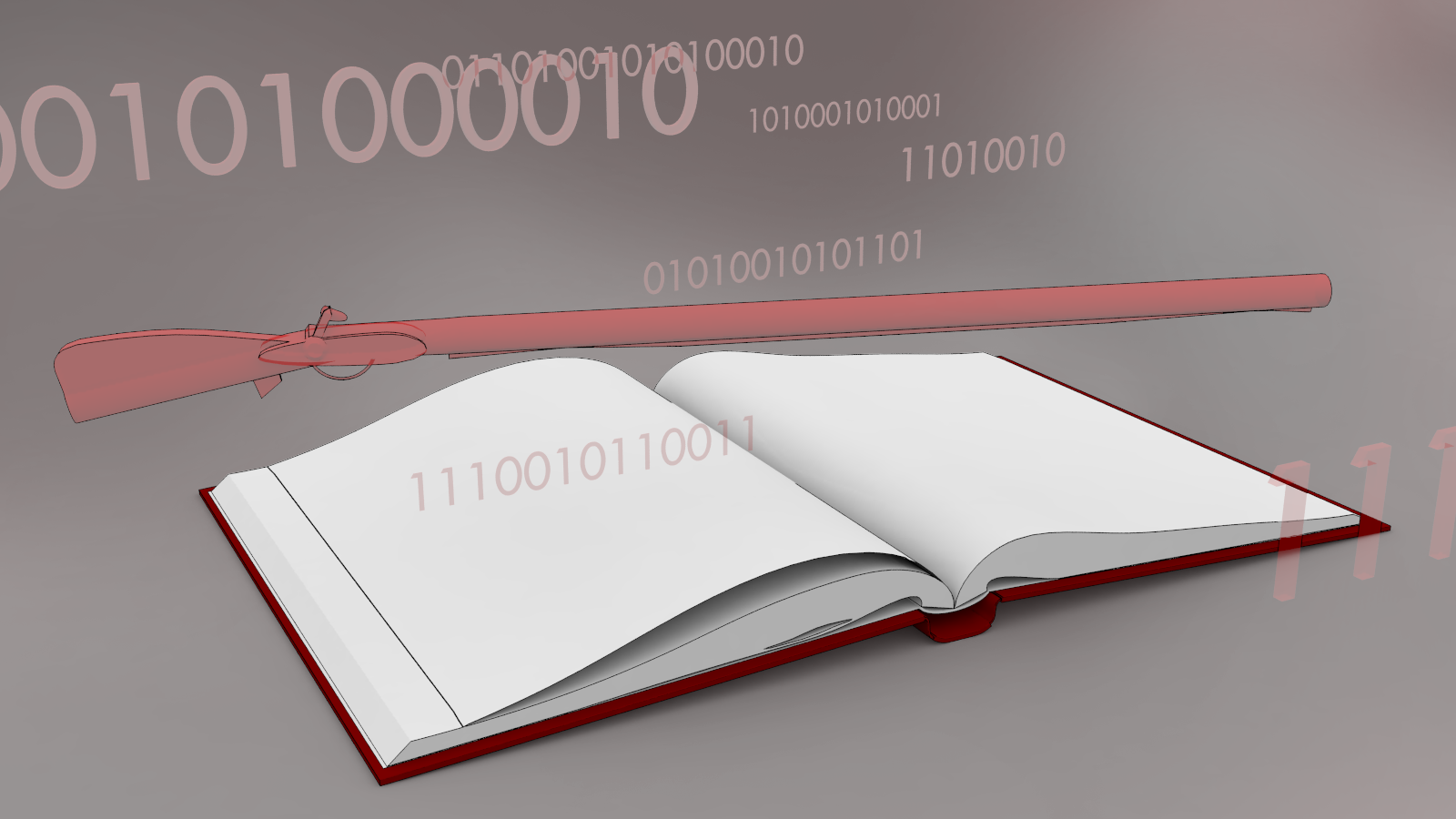A group of students in Carleton professor Shawn Graham’s digital history seminar worked with the Museum of Civilization to create a ‘digital popup book’ as part of their final class project in April, compiling a picture book of three-dimensional images.
The digital project appears to be like any other picture book, with colourful photographs and short paragraphs that describe different Mesoamerican tribes. When the reader scans an image with a smartphone, however, the photograph “pops up” into a three-dimensional model, Graham said.
“I just found out about a potential partnership with the curators of the Museum of Civilization about ways of using digital media to display artifacts that never get to go on display,” he said.
The students acquired access to the storerooms of the museum, which contain approximately 5 million artifacts, Graham said.
“It was like stepping into the closest that leads to Narnia,” he said. “You open the doors and this huge world opens up before you. They have so many artifacts from all these different cultures.”
The students chose to focus on artifacts from Mesoamerica.
“We used [augmented reality] software to create three-dimensional models of these artifacts from digital photographs,” Graham said.
“It extracts the dimensions of the depth info from the photographs and stitches them into these detailed volumetric models on our computers.”
They assembled the 29-page book over the better part of the winter semester, Graham noted. He said the students did the photography, programming and editing with very little help from him.
“It was a steep learning curve,” he said.
Carleton arts and social sciences dean Jon Osborne found the book very impressive.
“I was fortunate to have a demonstration of how technology can turn a two-dimensional picture into a three-dimensional object, magically on a screen. Quite amazing!” he said.
“But just as important as the technology – indeed possibly even more important – is the opportunity that this offers students to engage with actual institutions in which they might later wish to work.”
Like Osborne, Graham also sees the potential for the digital popup book for extended learning.
“Its not just about using these tools for cool gimmicks. The real lesson is about how digital media forms our understanding of the past,” he said.
“In terms of public outreach and education, anything that gives cultural heritage back to the public is good thing. What the public does with [that], I don’t think anyone can predict.”






